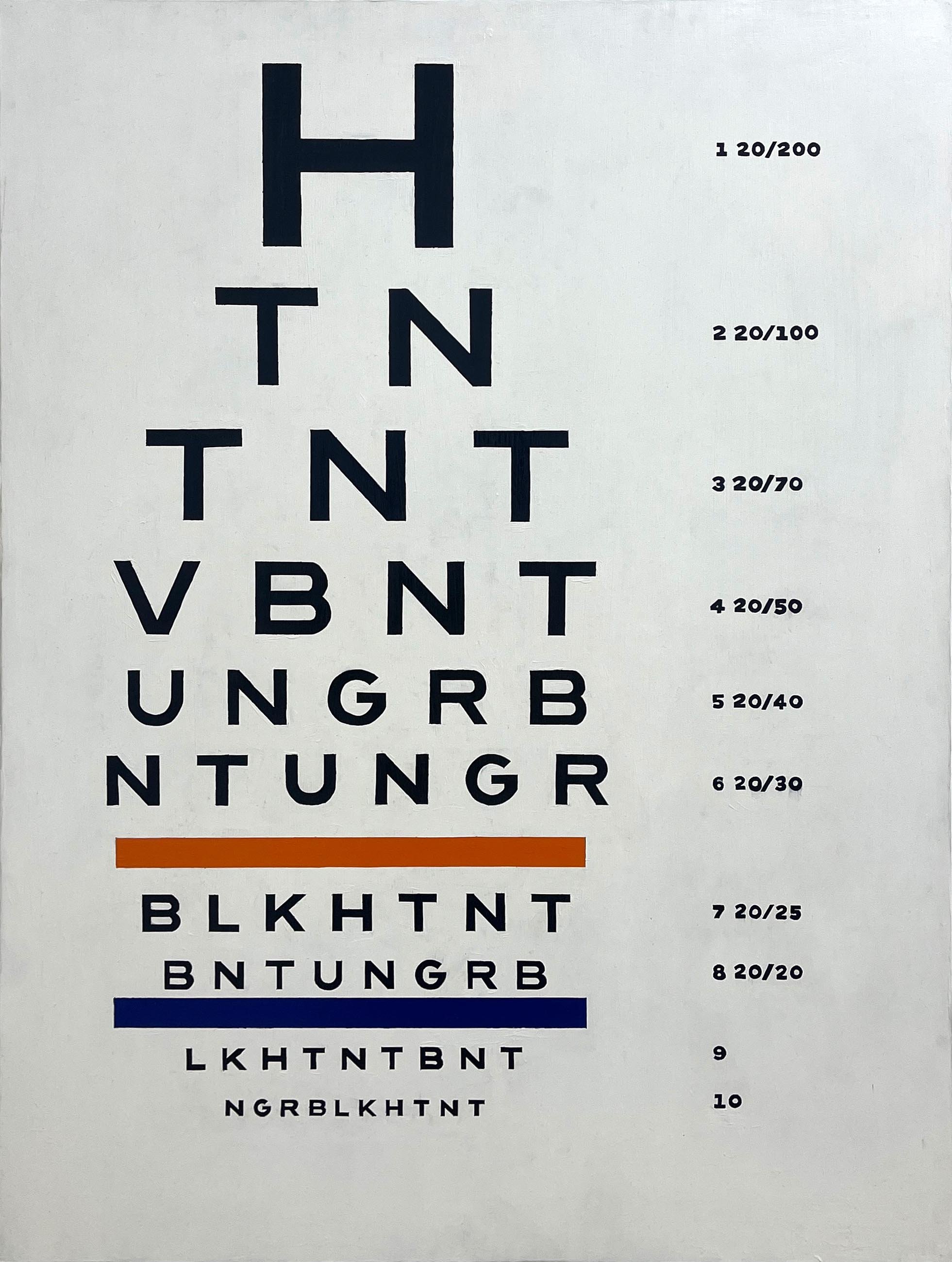KEYSTONE
08.08.2024
Artists
Ntsako Nkuna
Johan Moolman
Kaelo Molefe
Marc Edwards
Kalashnikovv Gallery | Johannesburg
Synonyms for keystone include base, groundwork, and underpinning. Each word signals the start of something, the holder of a structure, the key element to forgo collapse. By criss-crossing between the works of different generations within South African sculpture, the idea of a starting point, or even ‘form’ itself becomes twisted as each work both questions and pays homage to the bridge between modernism and postmodernism. These four artists – Ntsako Nkuna, Johan Moolman, Kaelo Molefe, and Marc Edwards – ask how sculptural form can become a keystone in the arch between structure – in all its various iterations – and human interaction.
Ntsako Nkuna’s artistic practice focuses on the design of buildings, values, and modes of interaction. The artist’s practice delves into the thin barrier between the digital and the real, exploring the concept of world-building and examining the extent to which virtual and physical realms intersect architecturally and philosophically. Nkuna utilizes a blend of screen-printed 3D renders and metal fabrication evoking domestic structures. The work transcends conventional architectural representations, as Nkuna interrogates buildings as dynamic entities, continuously evolving based on the interactions and occupants they accommodate.
Johan Moolman uses fragments from biomedical and ethnographic archives, aesthetic recombination and invocations of scientific regimes of representation to think through the politics of modern knowledge production. His work questions the formation of rational thought within the context of science, speculatively exploring the socio-historical conditions that led to the current epistemic order. Moolman digs beneath the surface of scientific reason by questioning its relationship to historical territorial expansion, empire, racialization and subjection of the other and how it lingers still in this school of thought.
Kaelo Molefe’s artistic practice critically peels back the layers of knowledge production, contemporary power structures, the production of bodies and the organisation of space by interrogating the bureaucratization of human difference and how this socio-historical process is embedded within the structures of being. Going beyond what is commonly understood as sculpture, his practice uses archival material and is an alchemical blend of bio-scientific idiom and artistic speculation that seeks to introduce new ways of thinking through, with and about difference and world-making.
Marc Edwards also considers an alchemy within his work, but one that lies in the performative action of making assemblages. For the artist, these assemblages emerge from a process of ritual and material investigations of found and recycled objects, where the logic of joining and reforming of materials are assembled to offer hybrid sculptural configurations, that seek to rethink the relationship between human and nature and object. This activity lets the material lead in conditions of ambiguity while employing principles of absurdity, awkwardness, improvisation and glitches in building new language and knowledge.
Two significant periods that we are taught about within art history are Modernism and Post-Modernism. With regards to sculpture, in short, and relatively general terms, the paradigm shift was from ‘perfecting form’ to questioning ‘what is form’. Keystone, rather than becoming a narrative timeline between modern and post-modern sculptures within the current South African sculptural context, places these works as a wedge at the crown of an arch. The arch, as such, becomes integral to a doorway or opening, the meeting place between what was, is, and could be.

























